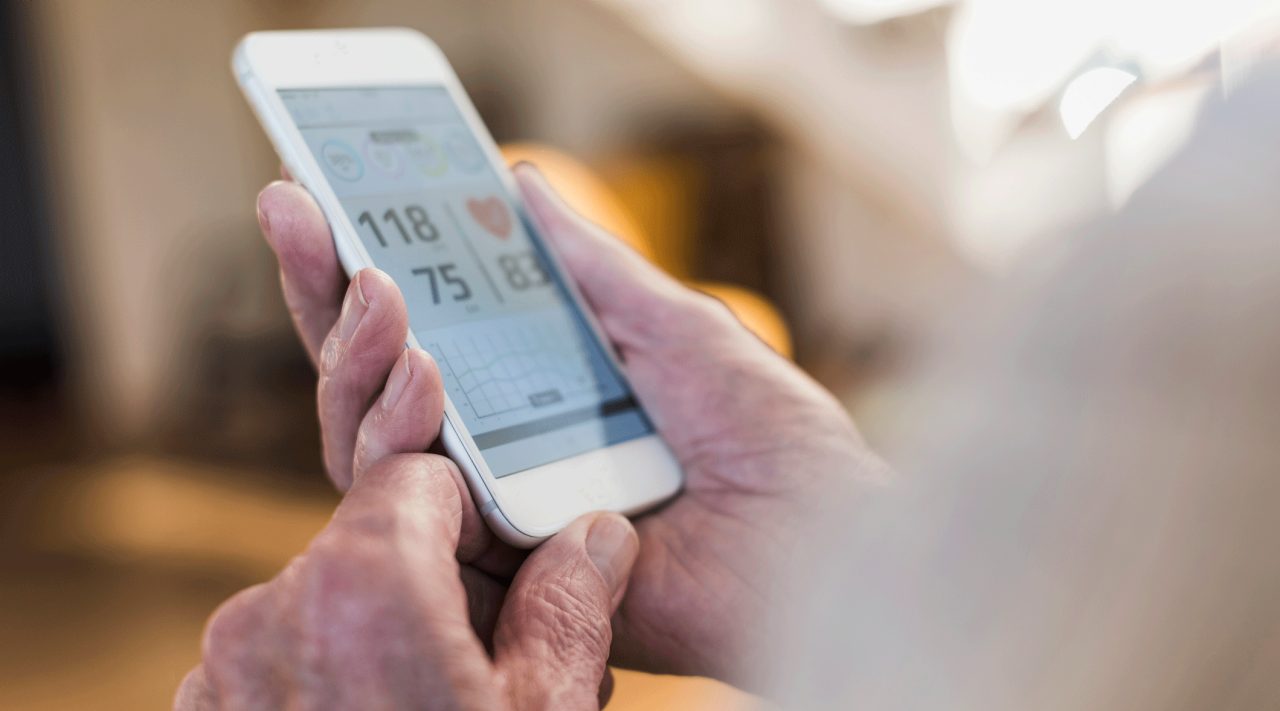What Is High Blood Pressure?

We hear about it all the time, but exactly what is high blood pressure? If your blood is pushing too hard against artery walls, you may be at risk for a stroke or heart attack.
According to the Centers for Disease Control, about one in three U.S. adults — or about 75 million people — have high blood pressure. But only 54 percent of these people are managing it. Many youth are also developing high blood pressure.
Sometimes high blood pressure will make you feel short of breath when exercising. But it is considered a silent killer because often it doesn't create any symptoms. Don’t assume that because you feel okay you don’t have a problem. Also, even if you have no symptoms, take high readings seriously.
Ignoring high blood pressure is a big mistake: It increases your risk of a heart attack and stroke as well as kidney disease.
YOU MIGHT ALSO LIKE: High Blood Pressure Symptoms
So exactly what is high blood pressure (also called hypertension)? Normal blood pressure is below 120/80 mm Hg (millimeters of mercury.) The top, systolic, number describes the pressure when your heart beats. The bottom, diastolic, number refers to the pressure in between beats.
If the top number in an adult goes falls from 121 to 129, and the bottom number below 80, you have elevated blood pressure, the American Heart Association (AHA) explains. You will be diagnosed with high blood pressure if your systolic blood pressure is 130 or higher or you have 80 diastolic or higher that remains high. A 180/120 reading is considered severe. With earlier guidelines, the cutoffs were 140/90.
In older people, often the systolic number is 130 or higher, but the diastolic is less than 80 — a problem called isolated systolic hypertension. It means your major arteries have stiffened over time. You might feel short of breath while exercising, and lightheaded if you stand up too fast. You may need more than one kind of medication.
The only way to check your blood pressure is to get it read by a healthcare practitioner. Look for the average of at least two readings on separate days. For example, if your blood pressure is high on a visit to your doctor, on another day you can give blood, and your pressure will be checked again. Your doctor may ask you to check your blood pressure at home at different times of the day. If the pressure stays high, even when you are relaxed, you may need to get more exercise, improve your diet, or take medication.
Men are more vulnerable than women to high blood pressure, especially as they age. You play a role in some of the risk factors, which you can minimize. Your risk goes up if you smoke or are exposed to secondhand smoke, are overweight, have diabetes or high cholesterol, drink too much alcohol, eat too much salt, are under stress, or don’t exercise. A family history of high blood pressure, sleep apnea, and kidney disease are also risk factors.
The steps you need to take to keep your blood pressure in a good range will improve your overall health and are likely to make you feel great, too! Maintain a healthy weight. The AHA recommends a diet with plenty of fruits, vegetables, whole grains, and low-fat dairy. Don’t smoke and avoid smoky places. Avoid salty food and seek out foods rich in potassium, which include avocados, sweet potatoes, spinach, coconut water, beans, butternut squash, and bananas.
Women should stick to one alcoholic drink a day and men to two.
Aim for at least three sessions a week of aerobic and strength-building exercise.
If your doctor gives you medicine for your blood pressure, don’t forget to take it. A heart attack or stroke will create much more interference in your life — prevention is well worth the trouble.
Updated:
March 02, 2020
Reviewed By:
Janet O’Dell, RN